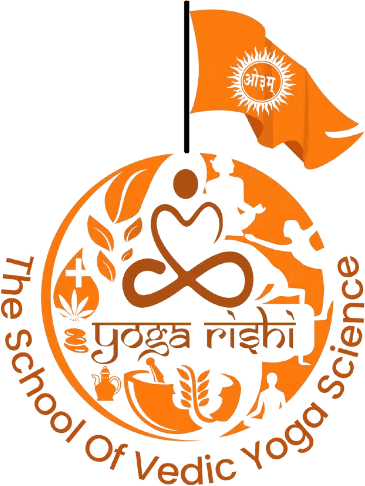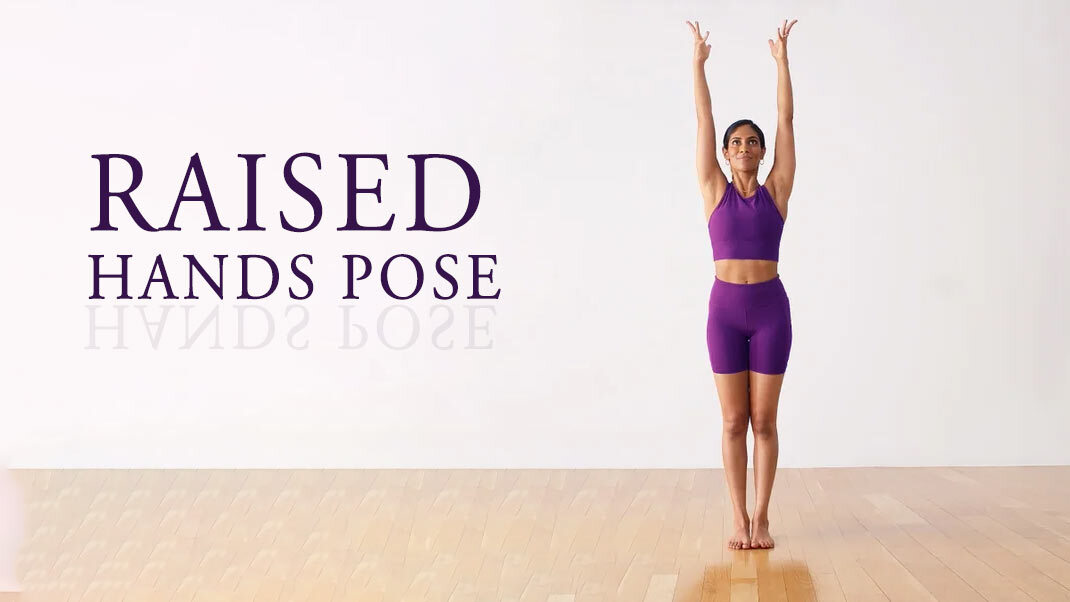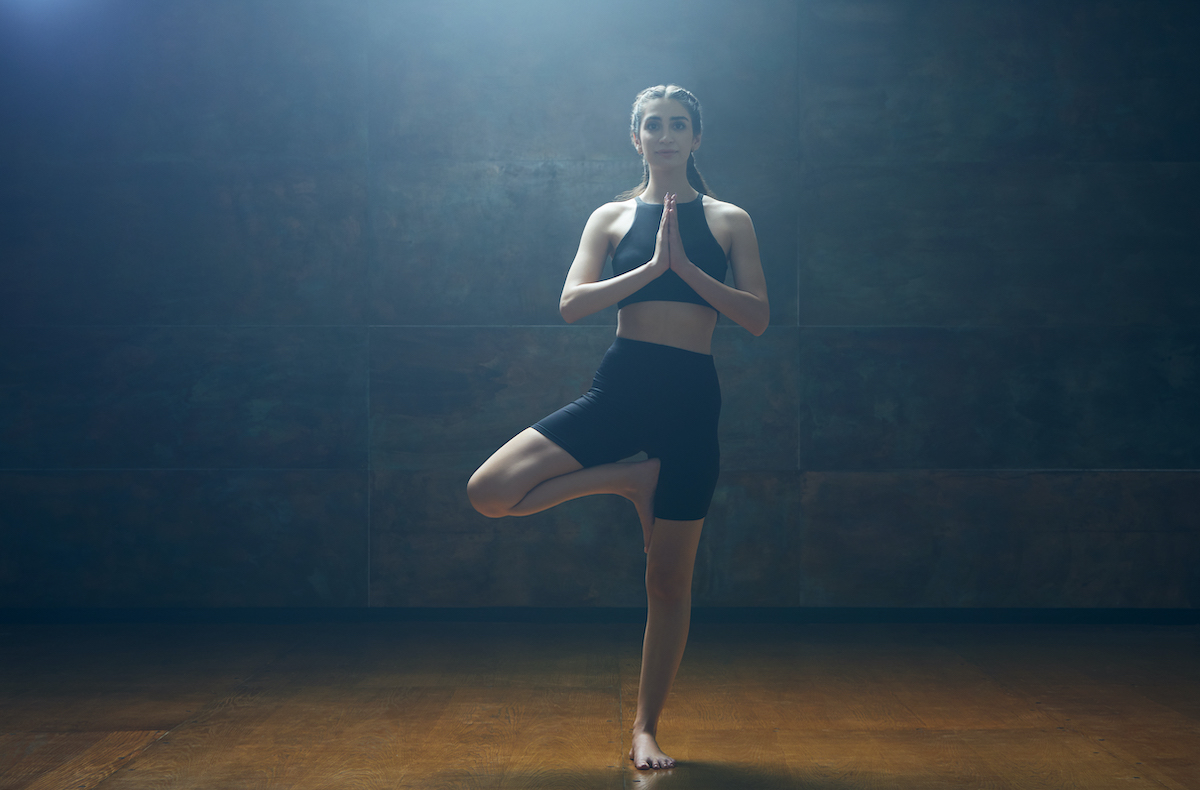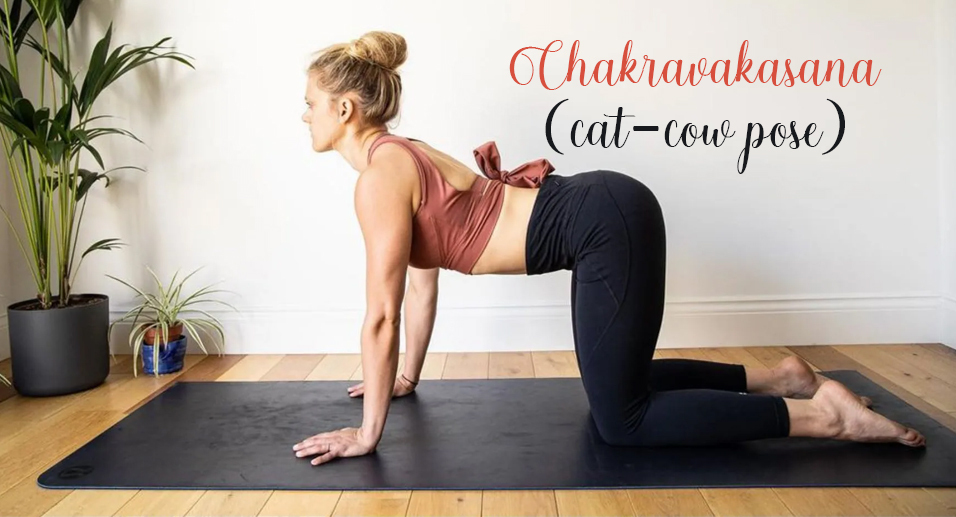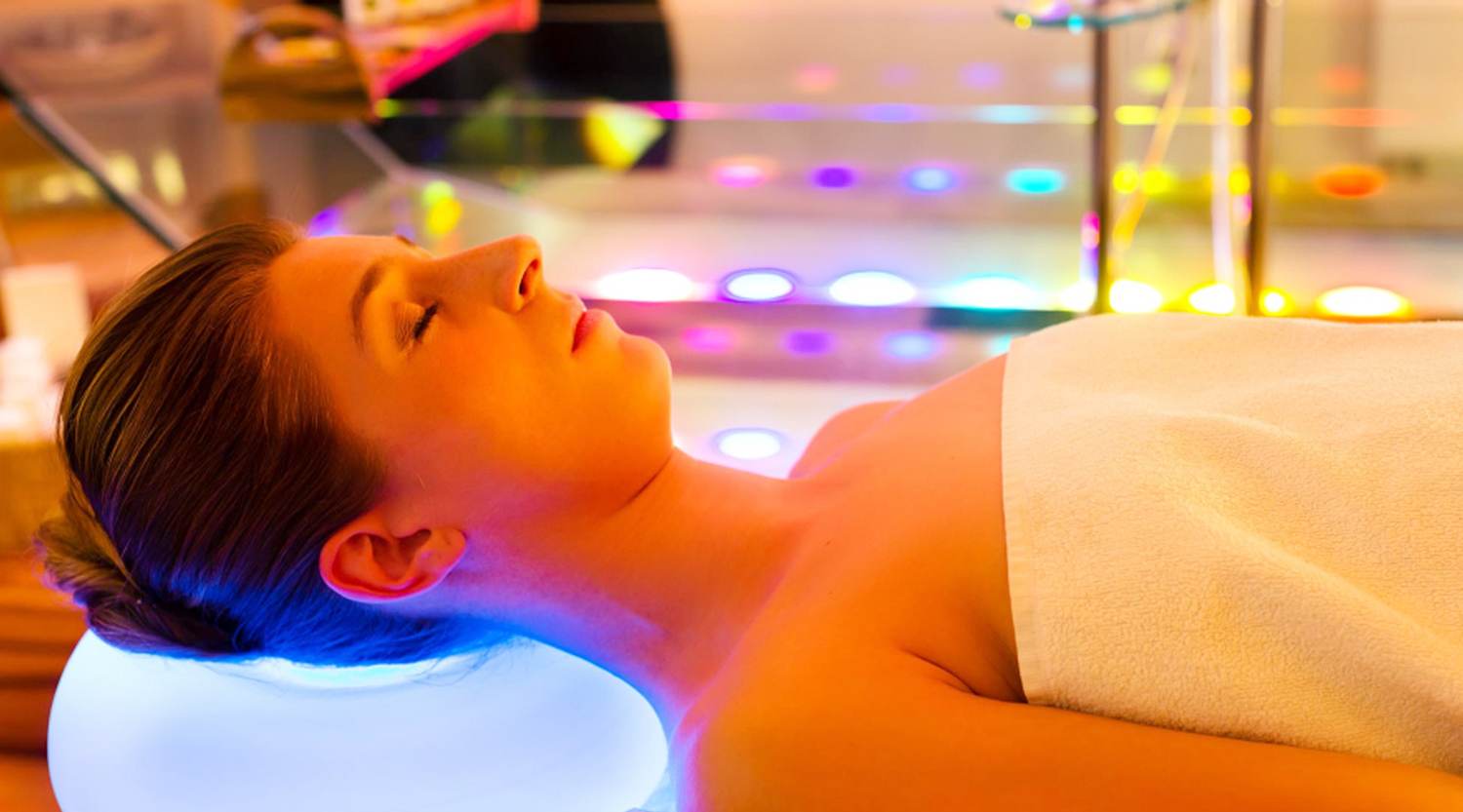
Color Yoga Therapy: Harnessing the Energy of Colors for One’s Well-Being
Introduction:
Colors have a deep influence on how we see the world and how we feel, greatly influencing how we conduct our everyday lives. Each one of them has a special ability to affect our state of mind, behavior, feelings, perceptions, hunger, and even our work efficiency. These abilities range from vivid colors that excite our five senses to calming hues that soothe our brains. Cool tones such as blue and green foster a sense of calm and repose, while warm hues like red and orange arouse emotions of vitality and enthusiasm.
Cultural backgrounds as well as individual experiences also have an impact on how we see a color. For instance, whereas red is frequently connected with feelings of passion and love in Western societies, luck and wealth have a connection with it in Chinese culture.
Being aware of the psychology of colors enables us to capitalize on their effect and build surroundings that truly appeal to our sentiments, whether in art, home design, or advertising. This enhances the harmony and significance of the human experience.
The Colors and their Impact on Our Emotions:
They have an enormous effect on our state of mind since they may cause certain psychological reactions and change how we feel and act. Following are some prevalent shades along with their usual psychological effects:
- Red: It stands for intense sensations of a pressing need, enthusiasm, and vigour as well as powerful emotions like desire, love, and energy. On the other hand, it could also be connected with hazards and violence.
- Blue: It is renowned for being peaceful and quiet. It encourages peace of mind, calmness, and stability. It frequently implies intelligence, trust, and devotion. But sometimes, too much blue might make you feel miserable or uncomfortable.
- Yellow: It is a happy, upbeat shade that stands for imaginative thinking, positive thinking, and pleasure. It can arouse the mind and foster sentiments of happiness and optimism. On the other hand, too much yellow might cause anxiety or excessive stimulation.
- Green: It has a great affinity for the natural world, development, and harmony. It frequently stands for peace, renewal, and recovery. A feeling of tranquilly and wellness may be produced by being among green spaces or employing green in décor.
- Orange: It is a vivacious and energizing shade that mixes the cosiness of red with the joy of yellow. It could make you feel enthusiastic, ecstatic, and adventurous.
- Purple: It frequently connotes regal, opulent, and spiritual associations. It can imply mystique, refinement, and innovation. Darker purples may be linked to contemplation, while lighter purples can be relaxing.
- Pink: It is a hue frequently linked to feelings of affection, sympathy, and fostering. It may provide a calming and cosy atmosphere.
- Brown: It is connected with an emotion of grounded and nature, as well as sentiments of safety, stability, and dependability.
- White: It is related to being innocent, hygiene, and purity. It may convey a feeling of openness and simplicity. White also serves to symbolize grief in several societies.
- Black: It could make you feel enigmatic, strong, or elegant. In some settings, it may also signify evil or negative.
The Underlying Connection between Colors and Body Chakras:
A crucial component of several therapeutic modalities, such as yoga, meditation, and energy healing, is the relationship between colors and bodily chakras. The seven primary chakras and the shades that correspond to each of them are briefly described here:
- Root Chakra (Muladhara): The root chakra, which is situated at the base of the spine, is linked to steadiness, protection, and a sense of attachment. It is represented with red.
- Sacral Chakra (Svadhisthana): Its location in the lower part of the abdomen is associated with imagination, enjoyment, and mental well-being. It is associated with orange.
- Solar Plexus Chakra (Manipura): This chakra, which is situated in the upper belly, is linked to personal authority, self-assurance, and self-worth. It is represented with yellow.
- Heart Chakra (Anahata): The heart chakra, which is located in the middle of the chest, stands for empathy, affection, and emotional equilibrium. While in certain contexts it is connected with the color pink, it frequently corresponds with green.
- Throat Chakra (Vishuddha): It is related to interaction, expressiveness, and honesty and is located in the neck region. It is associated with blue.
- Third Eye Chakra (Ajna): It is connected to inner knowledge, perspective, and instinct and is situated between your brows. It is represented with indigo.
- Crown Chakra (Sahasrara): It stands for an association to the almighty and higher states of consciousness because it is located at the highest point of the skull. Its color is often depicted as violet or white.
Color Yoga Therapy or Chromotherapy:
The holistic practice of color therapy, sometimes referred to as in the wider context of yoga, blends the therapeutic effects of color with the tenets of yoga. This method takes use of how deeply they affect our feelings, energy centres, and general health.
Key elements of color yoga therapy include:
- Yoga asanas and meditation practitioners seek to balance the chakras and circulation of energy by utilizing appropriate shades.
- To activate one particular chakra and increase the therapeutic benefits of the practice, a particular shade is visualized.
- Yoga mats, pillows with bolsters, blankets, and clothes can all be picked in certain hues to match the practice’s desired focus.
- The relationship between respiration, energy, and color is strengthened when breathing techniques and meditation are combined with color visualization.
- Various therapeutic properties have been connected to various colors. Practitioners want to induce their preferred therapeutic effects by utilizing these colors.
Best Benefits of Color Yoga:
There are several possible advantages of color yoga treatment, including:
- Cultivating chakra balancing for general health and energy.
- Fostering an awareness of psychological resilience and recovery.
- Certain shades have relaxing and soothing effects that encourage tranquilly and a state of relaxation.
- Deepening of connections between the intellect and the body.
- When doing color therapy, using certain hues can assist inspire and develop creative thought.
- Promote inner examination and reflective thinking, which will result in personal development and self-exploration.
- Increasing awareness of the present moment and attentiveness.
- Pain is lessened because some shades offer tension-relieving qualities.
Summarizing:
With the help of color, one can achieve their desired results. It’s crucial to take our mental and physiological responses into account when selecting shades for our buildings, workplaces, or goods.
In everyday life, it’s important to pay notice to the colors that are around you, wear clothing and other items that make you feel positive, and decorate your house and workplace with shades that reflect the mood you want to convey. For instance, you could choose to use green or blue shades for a peaceful and restful ambience, and yellow or orange for a vibrant and energizing one.
Try experimenting with various colors to see how they make you feel. The extent to which color yoga may affect your emotions may astound you.

